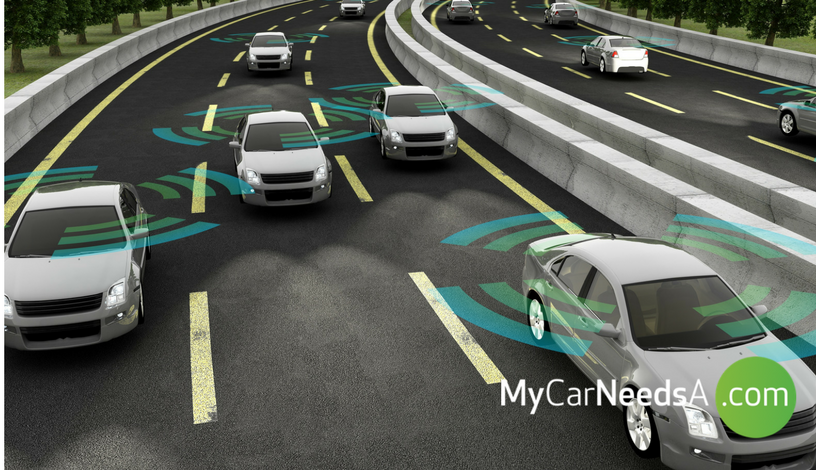Dec 29, 2015

Last month, we reported on how Britain is lagging behind the rest of the world in introducing driverless car technology en masse to its roads. Now, with reports that BMW and Mercedes are “capable of releasing driverless cars now”, it appears this decade long race to be the first company to release a legal, fully commercial automated car is drawing to its game-changing close.
In a study published in the Telegraph, it was specified that the likes of Ford, Jaguar, Audi and Land Rover were all “investing heavily in the technological evolution of cars”, amidst reports that modern day cars feature “about 100 million lines” of computer code. That’s twice as many as the Hadron Collider.
Whilst these raw figures are staggering enough, they are put starkly in context when you realise how many of our car’s vital systems in the modern era are dependent on computer software.
“There are upto 70 small computers in a car, controlling different functions from brakes to acceleration, to the way the engine works, to door locks, infotainment system, instrument clusters, radio – all these systems need a computer to work,” validates computational physicist Luis Gargate.
Indeed the modern car has progressed far and way beyond the traditional, romantic image of a purring beast of machinery that is intrinsically connected with masculinity and social status. Cars in the 21st century are hubs of entertainment for a whole family.
With Apple stepping to the head of the pack to become Google’s most noteworthy challenger in the driverless car race, their promises of iSoftware integration, such as iPads, iPhones and whatever future ‘iTech’ they may find a market for, grants us a clear idea of what the cars of the next generation will look and feel like.
Yet, the technological integration into cars demands a higher level of tech than just entertainment. The one remaining hurdle that driverless cars must leap over is that of human error and unpredictable behavior. On a road with irrational human decisions that cannot be predicted or programmed, driverless cars must be able to react in kind to prevent collisions, clashes and congestion.
This is why companies like Tesla and Google have begun to install stress-testing software into their cars that was originally designed and implemented for space satellites, with the new BMW 7 Series making use of “head-up displays that fighter pilots used”.
Implementing the right technology to get over that final hurdle of human error is going to prove to be the coup de grace in who ends up winning this race. Until definitive proof can be offered that one particular driverless car can integrate fully with human drivers and have the safeguards in place to remain secure, laws allowing them for commercial sale will not be passed.
Equally, there’s the issue of intellectual property. Whichever manufacturer does create that right blend of technology is going to have to work hard legally to cover their basis and make sure they’re under the protection of a patent or another equally proofing tactic to give them enough time to advance before other brands inevitably copy or adapt.
If the eventual winning manufacturer can do that, they could find themselves with the surge of sales only previously seen with the invention of automatic brakes or power steering.
Ultimately, it’s just that- the money- which makes winning this race so important for the manufacturers… and one way or another that checkered flag is not far from being waved.